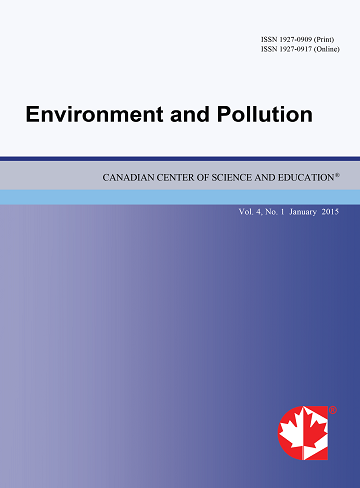Community Shift of Methane-oxidizing Bacteria in Cover Soil of Waste Landfills Due to Methane Emission
- Tomonori Ishigaki
- Hiromi Sawamura
- Kaoru Ikeda
- Masato Yamada
Abstract
Methane oxidation at landfill surfaces was characterized using both physiological and genetically -based assessments of bacterial community. Two different types of methane oxidation were observed, depended on one of which involved separate methane-oxidizing reaction that were dependent on the initial methane concentration, and the other one involved normal Michaelis-Menten type kinetics. The MOB community structure was assayed by culture-independent molecular microbiological methods. The gene amplified by pmoA primer, as a measure of the total MOB population, was detected in levels of 104 to 105 MPN-copies•g-1, and accounted for 2.9 % - 49 % of the eubacterial 16S rDNA. In soils exposed to high methane flux, the type II MOB was predominated showing the value of 104 MPN-copies•g-1 of the mmoX gene and amounted to 30-90 % of the corresponding pmoA gene copies detected. In contrast, type I MOB existed in relatively high population at soils under the negative/negligible methane flux.
 PDF
PDF
